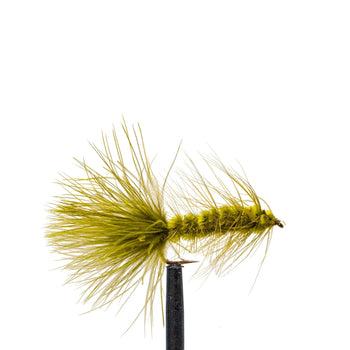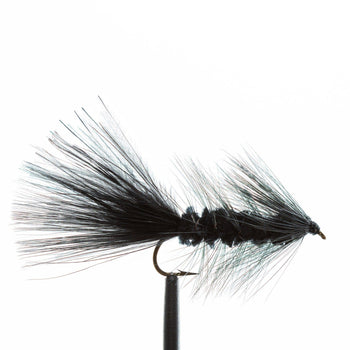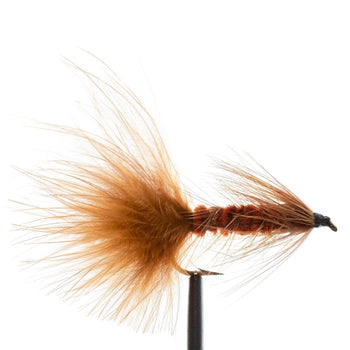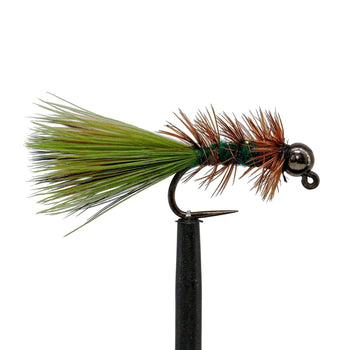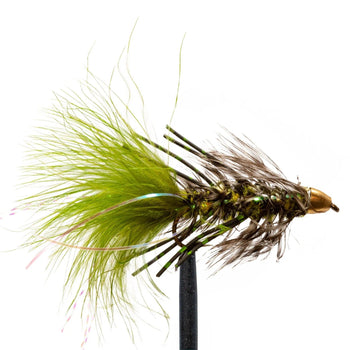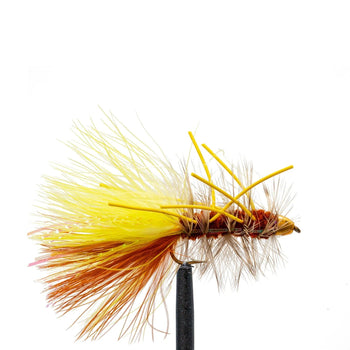Mastering the Woolly Bugger: Techniques and Tips for Every Angler
The Woolly Bugger's reputation as a versatile and effective fly isn't unfounded. Its design allows for a multitude of fishing techniques, making it a powerful tool in an angler's arsenal. Understanding how to leverage its versatility can transform an ordinary fishing trip into an extraordinary one. Here, we delve deeper into the methods of fishing the Woolly Bugger, offering insights and tips to enhance your fly fishing adventures.
Stripping Technique
Stripping the Woolly Bugger imitates the erratic movement of a fleeing baitfish, a motion that proves irresistible to predatory fish. The key to success with stripping lies in variability; varying the speed and length of your strips can mimic the natural movements of prey, triggering instinctive strikes. Start with short, quick strips to grab attention, and experiment with longer, slower pulls to simulate an injured fish. Pay attention to the feedback from the water. Sometimes, a pause between strips, allowing the fly to sink, can be just what's needed to entice a wary fish.
Swinging Across Currents
Swinging a Woolly Bugger across currents replicates the drifting motion of aquatic insects or small fish being swept away by the flow. Cast across or slightly downstream, and allow the current to carry the fly across the water. The natural flow imparts a lifelike action to the fly, appealing to the predatory instincts of fish. Mending your line to control the swing speed and depth can make all the difference, keeping the fly in the strike zone longer. This method is especially effective in rivers and streams, where fish are accustomed to attacking prey carried by the current.
Dead Drifting
Dead drifting a Woolly Bugger can be a deadly technique, particularly in slower waters or when targeting species feeding on nymphs and bottom-dwelling creatures. Cast upstream and let the fly drift down naturally with the current, keeping slack in your line to a minimum for better strike detection. This approach requires a bit of finesse, as the goal is to make the fly behave as if it were an unresisting part of the water column, a free meal for any observant predator. Weighting your Bugger appropriately or using a sink-tip line may be necessary to achieve the right depth and drift.
Adjusting to Conditions
The key to unlocking the Woolly Bugger's potential lies in your ability to adapt. Water conditions, weather, and fish behavior all dictate how you should present your fly. In murky water or during low light conditions, consider using brighter or larger patterns to stand out. Conversely, clear water and wary fish might require smaller, more subdued presentations.
Beyond the Basics
-
Seasonal Strategies: Tailor your approach with the Woolly Bugger to the seasons. In spring, focus on imitating emerging insect life with lighter, more vibrant patterns. Come fall, darker, larger Buggers can mimic the baitfish and leeches that fish bulk up on for the winter.
-
Depth Dynamics: Don’t shy away from experimenting with different weights and sink rates. Sometimes the difference between a follow and a strike is a matter of inches in depth.
-
Tactical Tweaks: Incorporating subtle movements with your rod tip while retrieving can add an extra layer of allure to your Woolly Bugger, simulating the lifelike twitches of real aquatic creatures.
Final Thoughts
The Woolly Bugger may be a simple fly at heart, but its strength lies in its simplicity. By mastering the various techniques for fishing this versatile pattern, you can significantly increase your success on the water. Remember, the most effective fly fishers are those who observe, adapt, and experiment. So, next time you tie on a Woolly Bugger, embrace its versatility, and be prepared to be amazed by the results.
RELATED ARTICLES:



